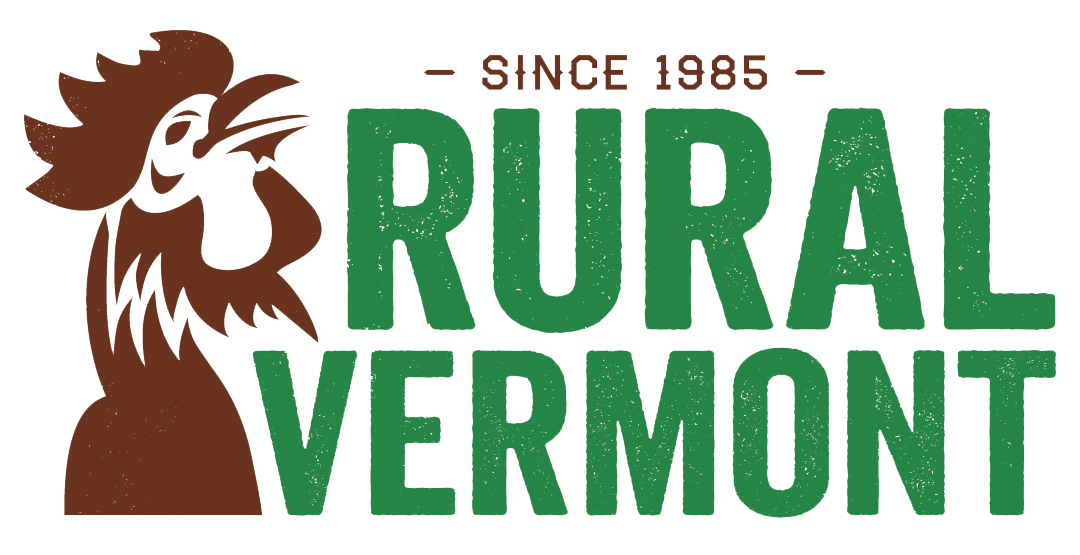Small Farm Action Day is a collaboration of NOFA-VT and Rural Vermont. This years first event on February 21st focussed on: Vermont and “Payments for Ecosystem Services” - What Structural Reforms are Needed to Advance Functional Ecosystems and Farm Viability? Farmers, service providers, activists, and researchers, were sharing their desires and recommendations for programmatic solutions with lawmakers to better support and incentivize farm and forestry practices to address the climate challenges of our time.
The Small Farmer Cohort around Cat Buxton (that RV is part of) got the opportunity to speak to the past three years working alongside the PES and Soil Health Working Group. Two major successes for the Small Farmer Cohort are a) the final consensus decision towards a pilot program to enhance the Conservation Stewardship Program - similar to what the group recommended in 2021; and b) the final report making clear statements against any efforts to monetize nature.
The Vermont Agency for Agriculture, Food, and Markets announced that a legislative proposal to codify the Vermont enhancement to CSP is currently being developed as a pilot program with an existing appropriation (Act 185, Sec. B.1100(a)(7)(A)) and will not be proposed to the legislature for codification until 2025.
In consequence, Small Farm Action Day stressed to legislators not to wait until 2025 but to act on WHAT CAN BE DONE NOW to:
Hear from the PES & Soil Health WG directly, especially from the farmers on the group, about their experiences and takeaways from the WG process.
Address the complex issue of how to improve agricultural programs. Hear more from farmers about their policy recommendations!
Endorse the Conservation Districts request to increase their baseline funding to 3M.
Each of the presentations was tremendously rich and meaningful, reaching from how current programs already aim to incentivise Ecosystem Services, to revealing “PES” as false solutions that benefit first and foremost Natural Asset Companies (NAC’s), to sharing efforts on farmer led decision making, to sharing farmer perspectives on pre-existing shortfalls and recommendations for improvements, and more! Beyond that, the national and international narrative of what “PES” means was eloquently dismantled by Julie Davenson, Board President NOFA-NH:
“Natural Asset Companies (“NACs”) claim that by valuating these ecosystem services we are able to protect them from further degradation. In reality, they are justifying their attempts to create new markets by commodifying nature in pursuit of endless growth. For over a millennia, indigenous peoples have valued, honored and respected nature without assigning a monetary value to it. Today’s financial systems are built on an endless growth continuum and PES, NACs and Carbon Credits are designed to extract as much wealth as possible from nature.”
Rural Vermont and the Small Farmer Cohort are working towards legislation that would make the various existing “Payment for Ecosystem Programs” work better, especially for small farmers. That includes further exploring the idea to develop a web portal to aggregate various programs, making discovery and application easier for farmers. Improved interface interoperability would also eliminate pre-existing redundancies.
We hope you feel encouraged to learn more & watch one of the recordings of the event.
Please do reach out to us & share your thoughts on shortfalls of existing programs; your ideas for addressing them & any thoughts on what you’ve learned about PES, Nature Asset Companies and how farmers would be disadvantaged through market solutions that aim to monetize nature. Share your testimonial with Rural Vermont here.
Watch the recordings:
Testimonials to the Senate Committee on Agriculture: Full Recording here, including Dan Brooks from Wayward Goose Farm about how Beavers are forgotten in Conservation Planning.
Testimonials to the House Committee on Agriculture, Food Resiliency, and Forestry: Full Recording here
Panel Food and Climate: Carbon Market Pitfalls & Better Strategies for Regenerative Organic Practices: Full Recording available here
Written testimonials & handouts:
Mario Machado, Postdoctoral Researcher, Gund Institute, UVM (handout, report)
Julie Davenson, President, Board of Directors NOFA-NH (handout)
Jennifer Bryne, District Manager, White River Natural Resources Conservation District (report Vermont Farmer Perspectives on Payment for Ecosystem Services (PES) Programs: A Summary Report)
Cat Buxton, Soil Health Working Group representative, Vermont Healthy Soils Coalition (handout)
Stephen Leslie, Owner, Cedar Mountain Farm (handout)
Daniel Brooks, Wayward Goose Farm (handout)
Abe Collins, Co-Founder, Land Care Cooperative (presentation)

